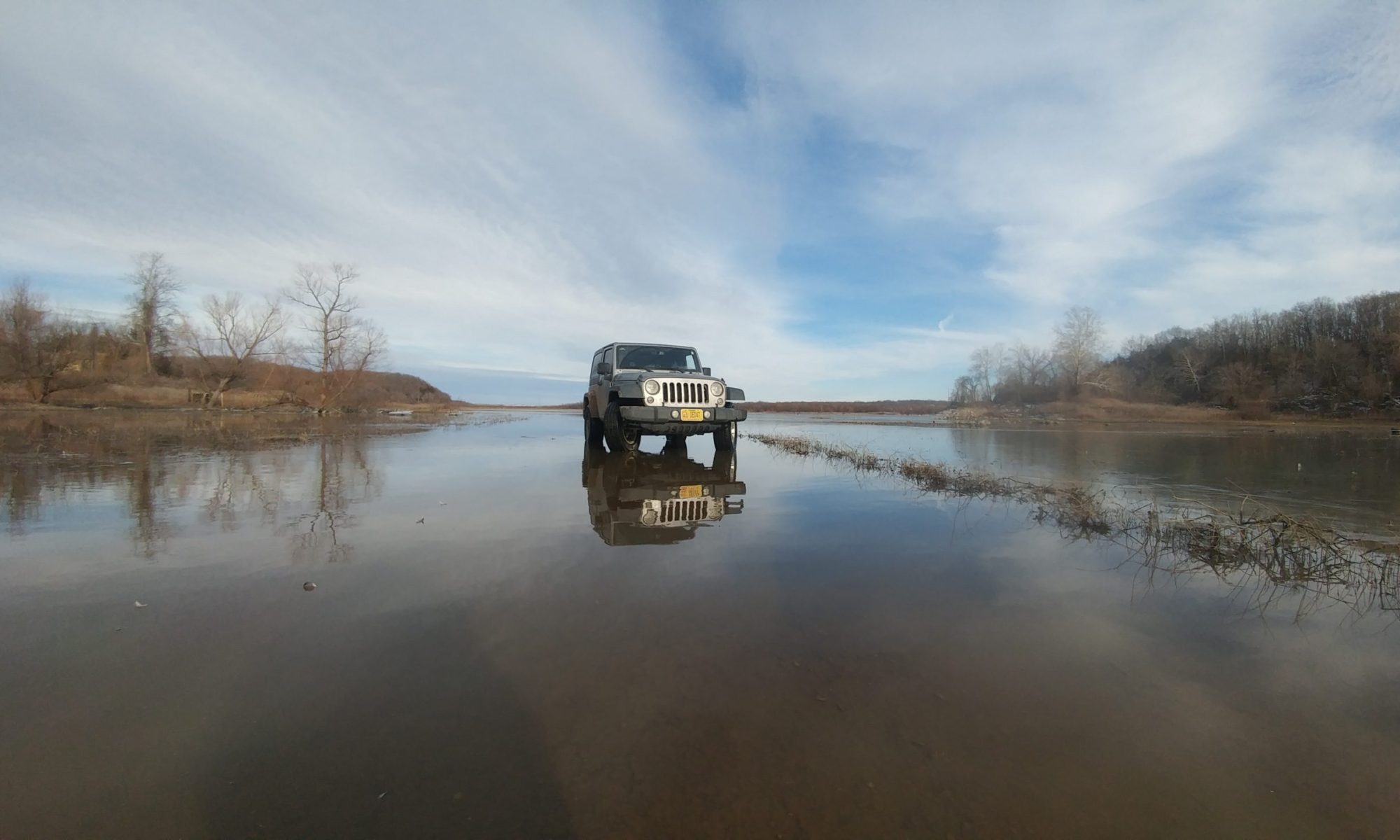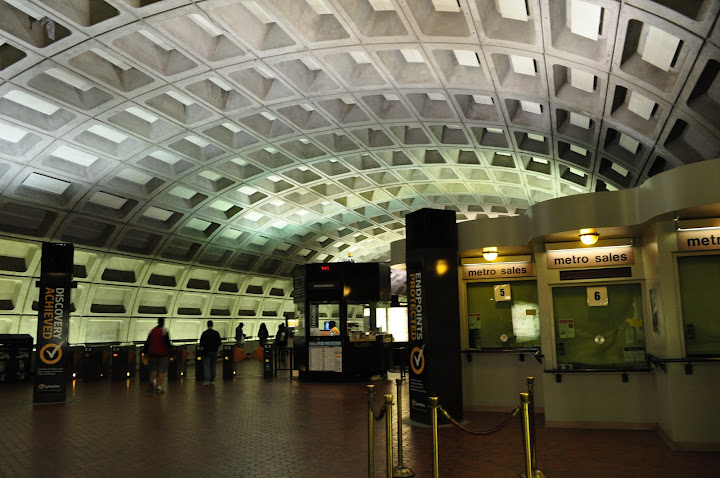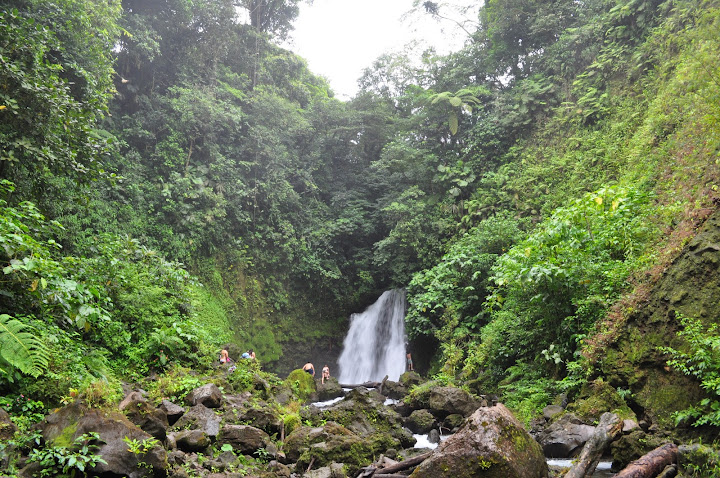Day 2: Arkansas to Mississippi
Water is the most vital thing to life. Not only do we need it for our very survival, but we find it comforting. Millions of us flock to places of aqueous views, and whether we live there or not we all find it calming. The seas, lakes, rivers, waterfalls and springs dominate our culture. Most of our major cities are built near waterways. Water is the essence of our being.
Today my friend took me to a place that exemplifies our fascination with water: Petit Jean State Park in central Arkansas. It is a beautiful place full of hiking trails and history, built by the Civilian Conseration Corps starting in 1933, during the Great Depression. Rich in history, and geology, it’s most stunning (and most visited) attraction is a 90′ waterfall that cascades into Cedar Creek Canyon.
The walk to Cedar Falls isn’t too long, only 2 miles from trailhead to the falls, but it is pretty vigourous. The first 1/2 mile that descends more than 200 feet, climbing down steps made from local rocks by the C.C.C., isn’t the hard part: It’s climbing back up later. I enjoyed it a lot, as sitting in a vehicle for long drives doesn’t offer a lot of exercise so I love to get what I can.
The geology of the area was unknown to me when I entered the park, but I started making some assumptions. My first clue were the trees, many of them obviously several hundred years old, that had grown on top of the rock rubble.
The area suggest to me a collapse of a large karst area several hundred thousand years ago. Now, everyone knows how I LOVE karst, so perhaps I try to see it in everything I visit. So, I decided to look it up when I got to camp where I would have wireless internet. Here is what I found:
It turns out that this area was not karst, but it did undergo a similar process as the sinkholes that take place in the carbonates of Missouri and Kentucky. What happened to these sandstone rocks is that the shale, softer and less resistant than the sandstone, was eroded by the water faster and left little support for the sandstone, causing the rocks to tumble. This area is in a big syncline called the Pontoon syncline. For more info on the geology of the area, go to http://www.geology.arkansas.gov/pdf/Geology%20of%20Petit%20Jean%20State%20Park.pdf
I really enjoyed the falls. There is something absolutely serene being in the presence of moving water. You can feel it in the air, and everything seems right with the world. I owe a huge thanks to my friend who took pictures of me, and taught me how to use a lot of the functions on my camera. I am extremely lucky to have a friend who is also interested in photography and we had a great time taking pictures at the falls. She was a gracious host as well and I couldn’t have chosen a better place to start my grand journey! We will have to go camping again soon.
In the afternoon it was time to leave Arkansas and head towards Mississippi. Upon driving EB along I-40 I saw exactly how you can have too much of a good thing. White, Cache, L’Anguille, St. Francis, and Mississippi are all names of rivers, but today they were lakes. At one point the water was so high it was approaching the roadway, and had already risen over the roadway on the WB side. I was lucky enough to squeak by on the EB lanes. They hadn’t closed them, but I imagine if the water isn’t yet receeding they would have had to do so.
The Mississippi river took over a large portion of Memphis, reclaiming property that once belonged to the flood plain. Locals had taken over exit ramps as boating ramps, and they lined the new coastline with fishing poles. A few roofs poked out through the water in places.
It is important to remember that many things are vital to our lives, in so many ways, yet there still needs to be moderation. There is a such thing as too much, even of a thing so essential as water. Sometimes we don’t have control over what amount of a good thing we are dealt, but we can decide to use it wisely, and learn from every moment we get.
The drive through Mississippi was wonderful. I was racing the sun to get to my campsite, the top down on the Jeep, the aromas of pine and honeysuckle breezing through my nose. Mississippi, so far, is a pretty nice looking state. I’ll let you know more about it after I do some more exploring of The Magnolia State tomorrow. Until then-
-Nicole



















